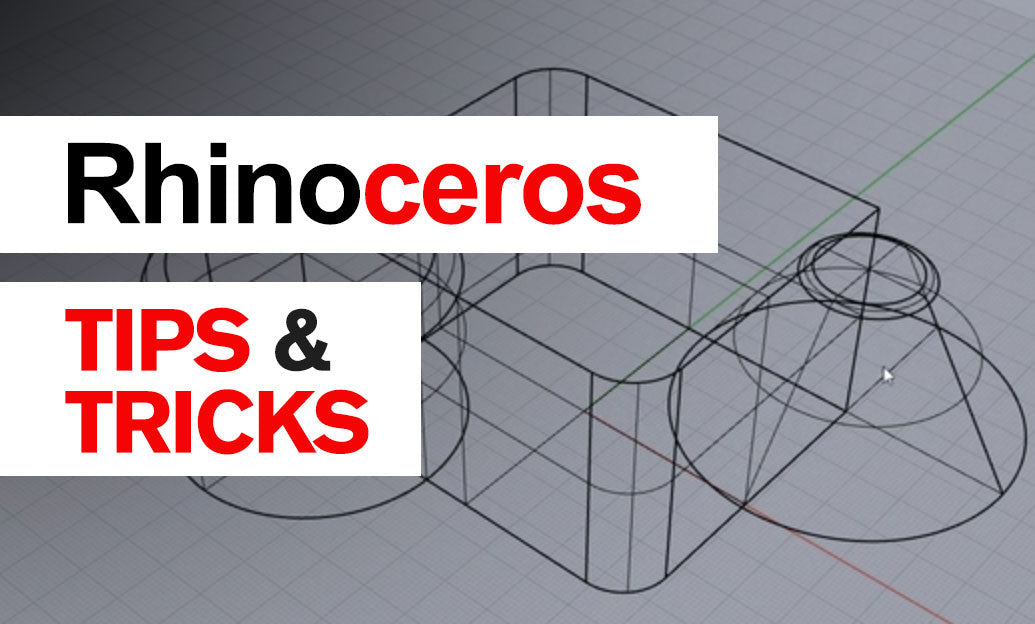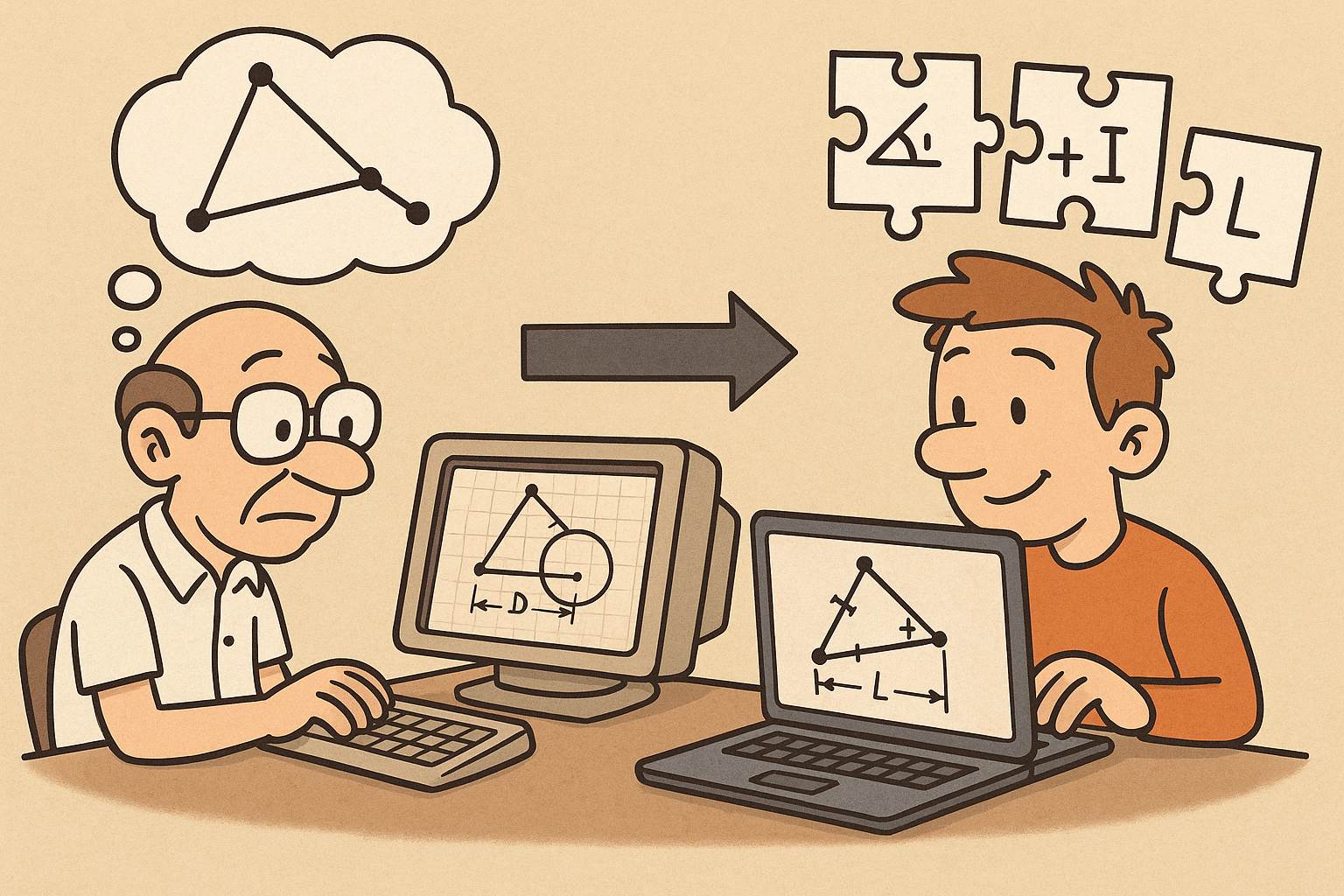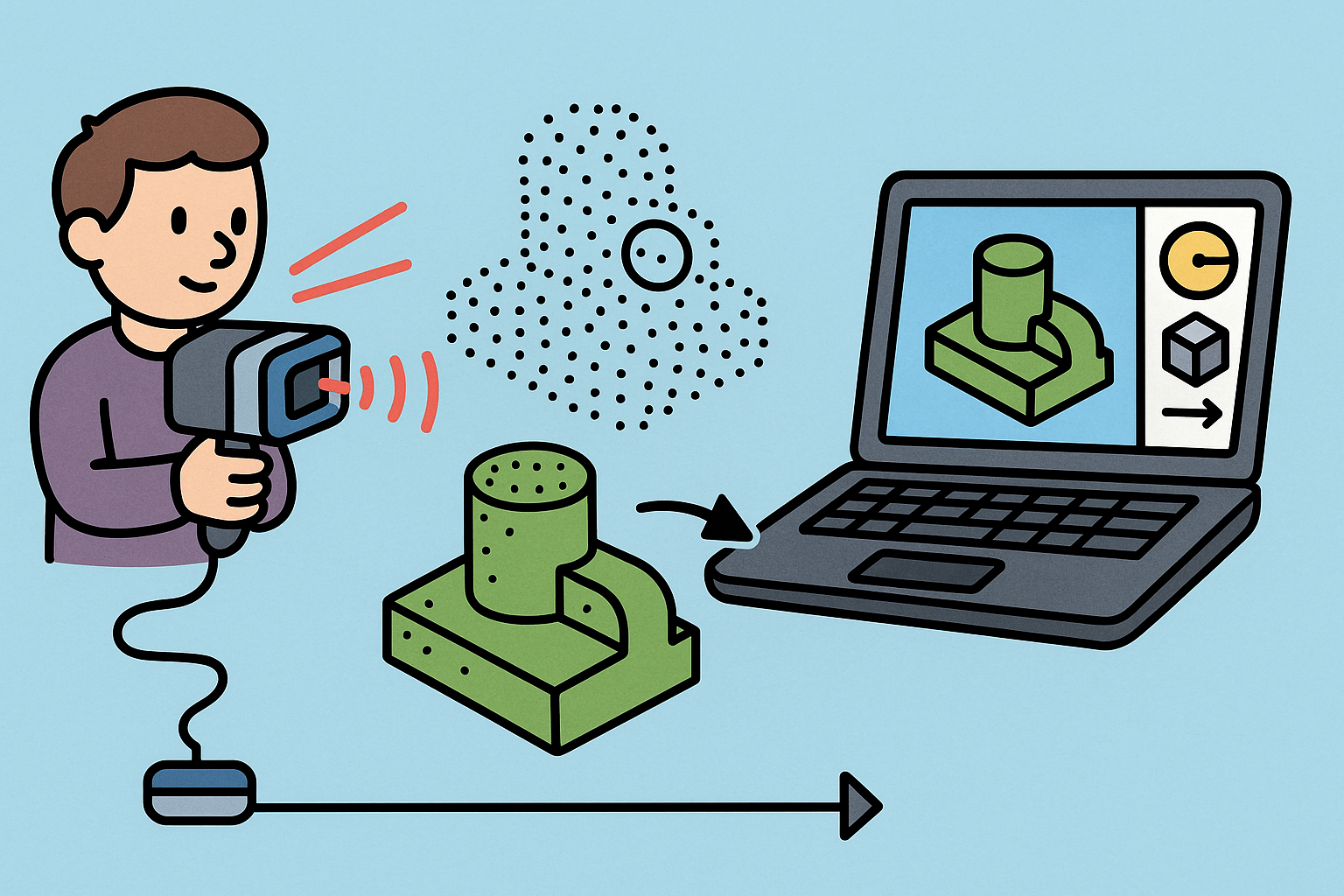Your Cart is Empty
Customer Testimonials
-
"Great customer service. The folks at Novedge were super helpful in navigating a somewhat complicated order including software upgrades and serial numbers in various stages of inactivity. They were friendly and helpful throughout the process.."
Ruben Ruckmark
"Quick & very helpful. We have been using Novedge for years and are very happy with their quick service when we need to make a purchase and excellent support resolving any issues."
Will Woodson
"Scott is the best. He reminds me about subscriptions dates, guides me in the correct direction for updates. He always responds promptly to me. He is literally the reason I continue to work with Novedge and will do so in the future."
Edward Mchugh
"Calvin Lok is “the man”. After my purchase of Sketchup 2021, he called me and provided step-by-step instructions to ease me through difficulties I was having with the setup of my new software."
Mike Borzage
Cinema 4D Tip: Mastering Realistic Smoke and Dust Effects in Cinema 4D
May 12, 2025 2 min read

Creating realistic smoke and dust effects in Cinema 4D can significantly elevate the realism and impact of your animations. Here are professional tips to help you master these effects:
Utilize the Pyro Simulation Tools
- Pyro Solver: Leverage the built-in Pyro Solver for simulating complex smoke and dust dynamics. Adjust parameters like buoyancy, vorticity, and dissipation to control movement and lifespan.
- Emission Sources: Use emitters such as Particle Emitters or Thinking Particles as sources. This allows precise control over where and how effects originate.
Enhance Dynamics with Forces
- Turbulence Fields: Incorporate Turbulence Fields to add randomness and natural swirling patterns. Adjust scale and strength to simulate various environmental conditions.
- Wind and Gravity: Add Wind Forces to mimic air currents and adjust Gravity to influence particle weight, differentiating between lighter smoke and heavier dust.
- Collision Objects: Enable interaction with scene geometry by setting objects as collision bodies, adding realism as smoke and dust flow around obstacles.
Optimize Volume Rendering
- Volume Builder and Mesher: Use the Volume Builder to convert particle simulations into volumetric effects and the Volume Mesher to generate renderable geometry.
- Adjust Voxel Size: Fine-tune voxel size for detail versus performance. Smaller voxels increase detail but require more computing power.
- Caching Simulations: Cache simulations to disk to improve playback performance and ensure consistency across renders.
Refine Shaders and Materials
- Volume Shaders: Apply appropriate volume shaders, adjusting parameters like scatter coefficient, absorption, and emission for the desired look.
- Shader Gradients: Use gradient shaders to vary color and transparency based on density or height, adding depth and realism to your effects.
- Lighting Interaction: Enable effects to interact with scene lighting. Use Global Illumination and adjust shadow settings to capture subtle light interactions.
Enhance Realism with Post-Processing
- Multipass Rendering: Render smoke and dust in separate passes for greater control during compositing, allowing adjustments without re-rendering the entire scene.
- Compositing Techniques: In post-production, tweak levels, contrast, and apply motion blur. Utilize blending modes to integrate effects seamlessly.
- Add Atmospheric Effects: Enhance mood with additional effects like lens flares or depth of field, complementing your smoke and dust simulations.
Remember, experimentation is key. Adjusting parameters and combining techniques will help you achieve the most realistic smoke and dust effects in your projects.
For more tips, resources, and professional 3D software deals, visit NOVEDGE, your go-to source for all Cinema 4D needs.
You can find all the Cinema 4D products on the NOVEDGE web site at this page.
Also in Design News

Rhino 3D Tip: Rhino Material Optimization: Nesting, Lightweighting, and Cut-Length Reduction
December 31, 2025 2 min read
Read More
Design Software History: Constraint Solving in CAD: From Sketchpad to Modern Parametric Engines
December 31, 2025 12 min read
Read More
Intent-Aware Scan-to-BRep: Integrating LiDAR Point Clouds into Solid Modeling Pipelines
December 31, 2025 12 min read
Read MoreSubscribe
Sign up to get the latest on sales, new releases and more …


